*Positioning
Positioning of Tesla: Winning strategy for selling electric cars?
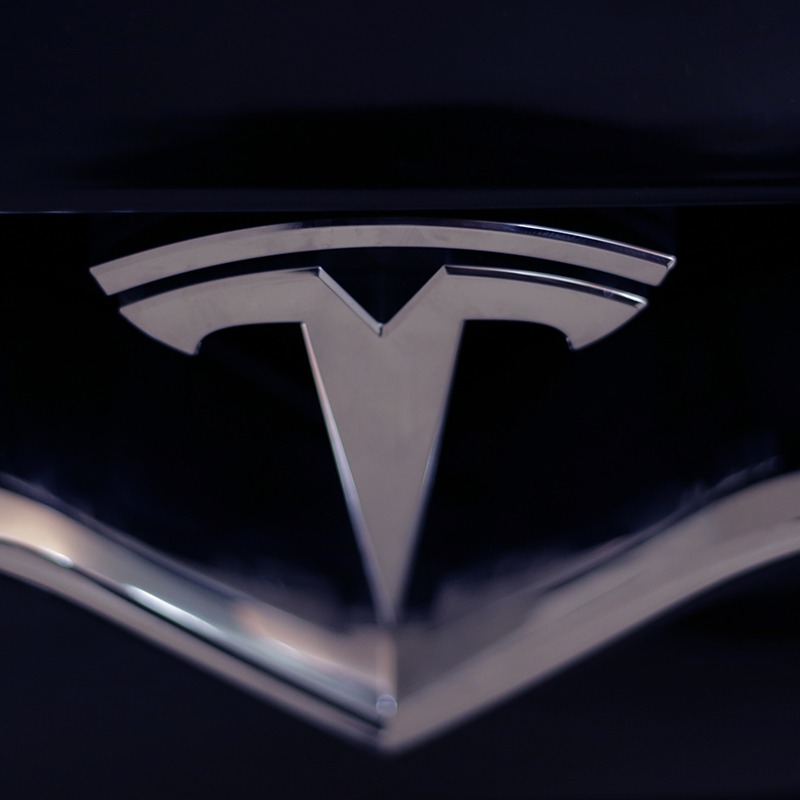
How did Tesla position itself as the Apple of the automotive industry? According to Elon Musk, the whole world will soon be driving electric cars (and powered by solar energy). And although Tesla has come close to bankruptcy several times, the company has also managed to attract a growing group of loyal fans. What influence has Musk’s vision had on the success and positioning of Tesla as an innovator in the automotive industry? We will outline the history of the still-young Tesla and its unique positioning.

Tesla’s Model 3
The auto industry and electric driving
How did newcomer Tesla successfully position itself in the auto industry? Except for the 1903 founded Ford, every American car manufacturer has either gone bankrupt or been saved by the government from bankruptcy. When Tesla wanted to enter the auto industry 16 years ago with an innovative product, everyone said just one thing: hopeless!
The challenge: electric driving
Electric driving is known to most people as an innovation from recent years, but in reality, it dates back to the early 19th century. At the beginning of the 20th century, the electric car was even extremely popular, but it disappeared from the streets, and we switched en masse to combustion engines.
The founding of Tesla is directly linked to the downfall of another electric car: the GM EV1. This car was produced between 1996 and 1999 and was taken off the road in 2002 because General Motors could not make the car profitable. Less than a year later, in July 2003, Tesla Motors was founded by Martin Eberhard and Marc Tarpenning. The goal: to prove that electric cars can be better, faster, and more fun than oil-powered cars. In early 2004, Elon Musk joined Eberhard and Tarpenning as an investor.
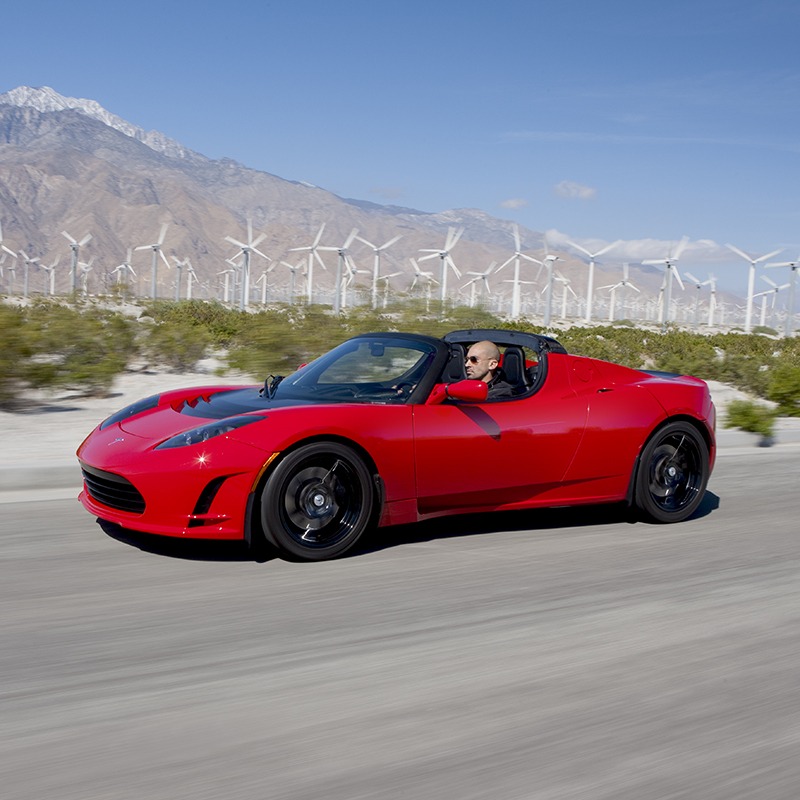
The first Tesla: roadster
The introduction of the Tesla Roadster
The first product of Tesla Motors was presented on July 19, 2006: the Tesla Roadster. A fully electric sports car that combines speed with a battery suitable for long distances, unprecedented for electric cars up until that point.
Martin Eberhard, at that time still CEO of Tesla, said about it, “The Tesla Roadster delivers sports car performance without using any gasoline. This is what we hoped to achieve when we started the company three years ago, to build a car with zero emissions that people would love to drive.”
Mission, Vision and Strategy of Tesla

Visionary Elon Musk
With the launch of the Roadster, the goal of proving that electric cars can be better and more enjoyable to drive than oil-powered cars seems to have been achieved. Or maybe not? From the beginning, Elon Musk had a very different goal with Tesla. Shortly after the presentation of the Tesla Roadster, Musk wrote a blog, The Secret Tesla Motors Master Plan. Musk wants to accelerate the transition from the current economy, based on the extraction and burning of hydrocarbons, to a solar energy-based economy with Tesla.
To achieve this, a fully electric car, in which people can drive without sacrificing convenience and enjoyment, is necessary. This is formulated in Tesla’s mission: to accelerate the transition to sustainable transportation. How? By producing electric cars for the mass market as quickly as possible and working on emission-free energy sources.
A luxury sports car may not seem like the most logical way to provide the mass market with electric cars, but Musk explains this in his blog. Developing new technologies is expensive. Tesla uses this development phase to develop a luxury sports car that people are willing to pay a lot of money for, a relatively small market segment that can yield a lot of return. With the money Tesla earns from the Roadster, it can apply the technologies it has already developed to a lower-priced car suitable for a larger market segment. Then follows a lower-priced car for an even larger market segment.
Tesla Motors changes to in Tesla inc.
In mid-2016, Tesla seemed to be changing course as it shifted its focus from transport to energy. The mission of Tesla was to accelerate the transition to sustainable energy, which was actually a bigger change than it appeared at first glance.
Tesla began to focus more on the production of solar energy sources. In addition to producing batteries and “supercharger” charging stations for Tesla cars, the company also aimed to provide walls and roofs that generate and store solar energy in the short term. To achieve this goal, Tesla acquired SolarCity in 2016, and in 2017, it changed the name of Tesla Motors to Tesla Inc.
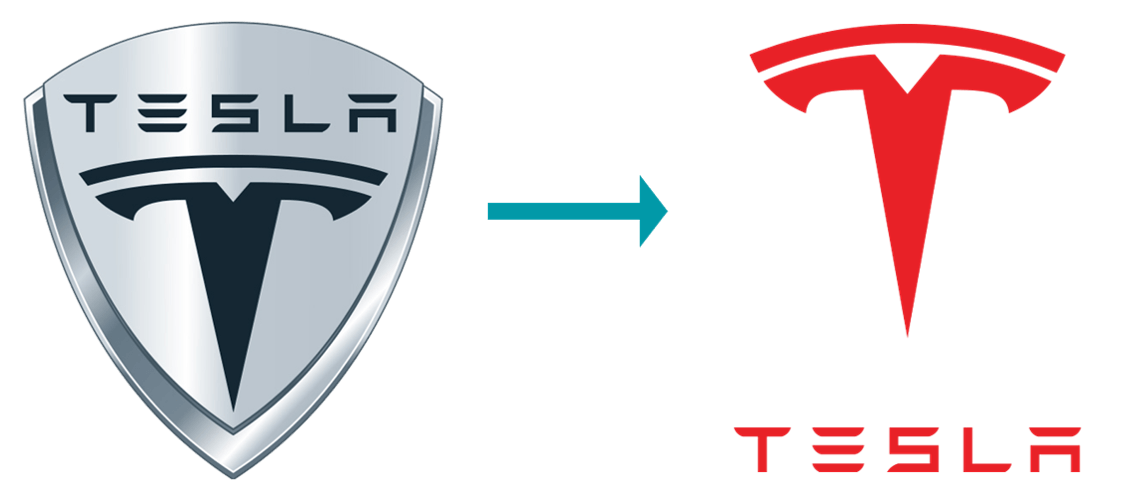
from Tesla Motors to Tesla Inc. also required a new logo.
It seems as if the logo has consisted of a large T for years. In reality, the logo is based on the cross-section of an electric motor, which remained the same after the name change.
Positioning on innovation in a conservative market
With the Roadster, Tesla deliberately targeted potential customers who were willing to spend a lot of money on an exclusive, innovative, and environmentally conscious sports car. We can also describe the strategy used to bring the Tesla Roadster to market with these same attributes.
Only 350 invited guests, including potential customers and people from the tech industry, were able to attend the prototype presentation in 2006. From that moment on, it was possible to purchase a Tesla, meaning placing a deposit in exchange for a spot on the waiting list. Due to the very limited production of the Tesla Roadster, the waiting time could be several years. It took three years after the presentation for the first Roadster to come out of the factory, and approximately 2,450 units were produced between February 2009 and December 2012.
Unlike any other car manufacturer, Tesla did not launch an expensive marketing campaign for the Roadster. In fact, Tesla has never advertised the Roadster. The degree of innovation and word-of-mouth advertising from (famous) fans were enough for Tesla to get the Roadster on the road.”
Tesla conquers market as innovator
Tesla follows the route set by Musk and introduces more practical, affordable models. This does not make the cars less innovative but less exclusive. Is this also reflected in Tesla’s strategy? Not entirely. Innovation and exclusivity are still important pillars in Tesla’s strategy. However, Tesla is increasingly focusing on safety and online is an important part of the strategy.
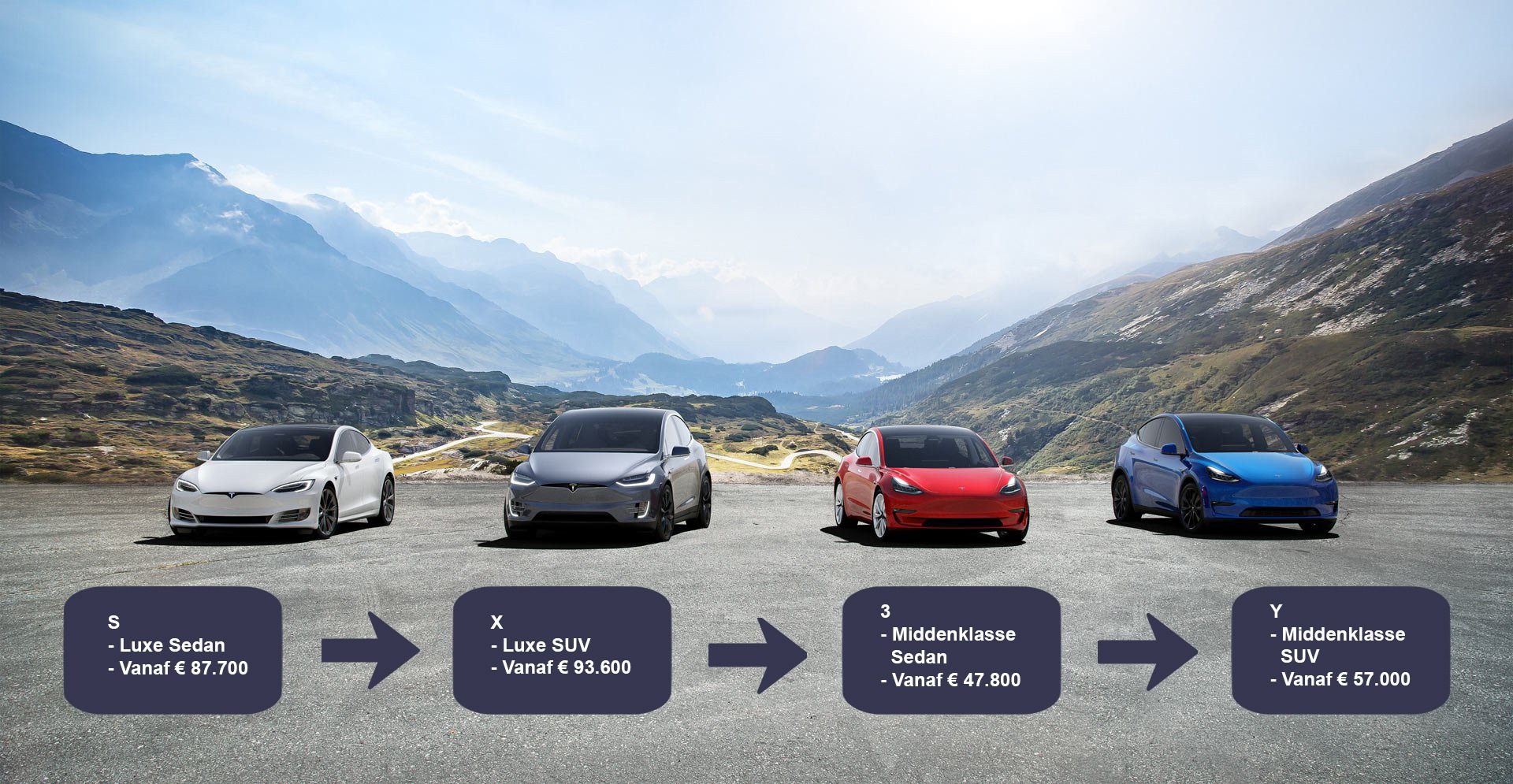
The Tesla passenger cars in a row, with a small adjustment to the designations: S3XY
Tesla’s positioning
Tesla stands for accessible innovation. The company pushes the boundaries of driving and makes new technologies and a better world available to the masses. This is also what the company offers its customers: If you buy a Tesla, you are a pioneer and contribute to the innovation of the automotive industry and the improvement of the world. After electric driving, Tesla is now working on groundbreaking innovations in solar energy, further strengthening its position as an innovator. The second pillar in Tesla’s positioning is safety. Tesla claims not only to make the safest cars in the world but also to make driving and the world safer with its innovations in electric and autonomous driving.
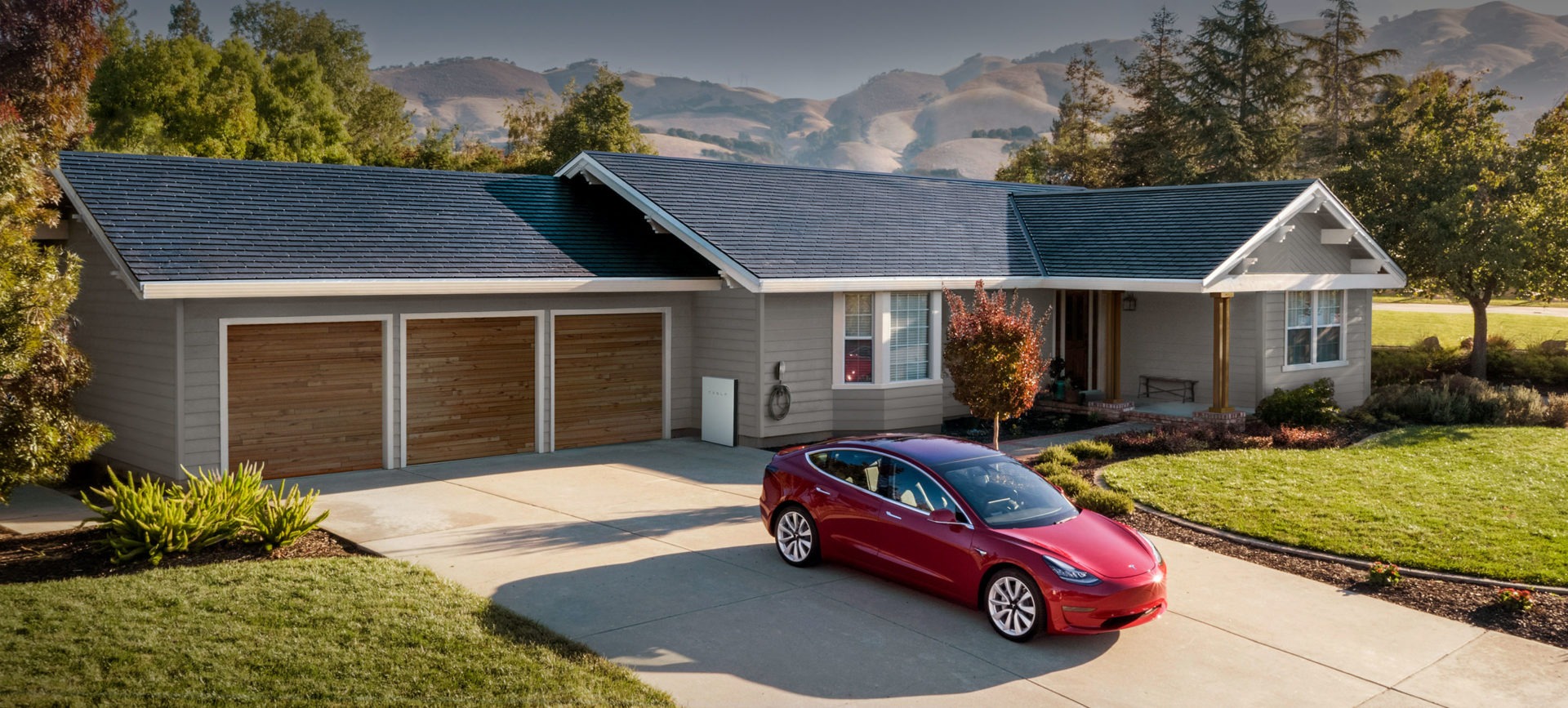
Tesla’s solar panel roofs should even be cheaper than regular roof tiles. (credit)
Building blocks of Tesla’s positioning
Exclusivity
Over the years, Tesla has made a name for itself and amassed many followers and fans, but still presents new models to a small audience. The presentation of new models is accompanied by weeks of speculation about new models and new features, as we also see in the tech industry. The climax for fans comes when Elon Musk presents the new Tesla in an almost Apple-like way.
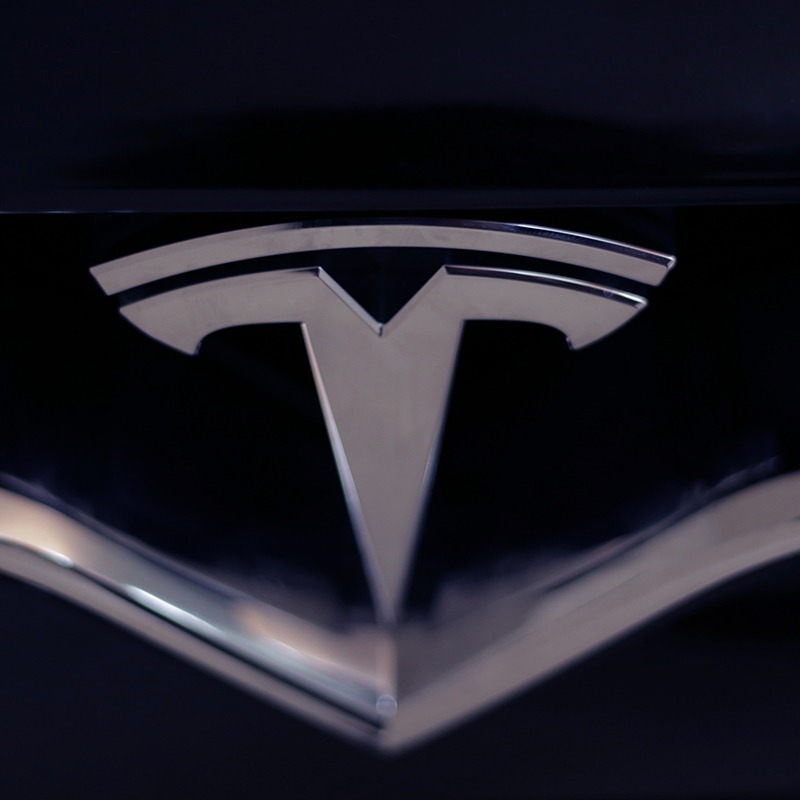
The exclusivity of Tesla is also still evident in the availability of its cars. Unlike traditional car manufacturers, Tesla does not work with a network of car dealers, but exclusively offers its cars in Tesla brand stores. Tesla is almost like a club that you want to belong to, and the brand cleverly plays into this with its referral program, which rewards existing customers for bringing in new customers. For years, Tesla has been able to reach the rest of the market through early adopters, and in 2019, the company announced that it would stop the program due to rising costs. Tesla still uses waiting lists because it cannot keep up with demand despite increased production capacity. If you order the latest Tesla directly after the presentation, it can still take a few years before you can drive your new Tesla. The Tesla 3 is the first model to be delivered within 2 years of its presentation.
Innovative
Paying a higher price for luxury and innovation was a key part of the Roadster’s strategy. In contrast, the more affordable Teslas are introduced to make innovation available on a larger scale. Innovation remains the most important part of the strategy. With each model, the focus is on what Tesla makes possible first, whether it’s the first fully electric sedan with a long range or the first fully electric car with autopilot. When you buy a Tesla, you buy innovation that not only improves the world but also contributes to further innovation, not only at Tesla but in the entire auto industry. Even after the purchase, Tesla still surprises its customers with surprising technical features; the cars are known for being full of Easter eggs, special hidden functions. For example, it is possible to change the road in the navigation system into a rainbow road, the car doors can dance, and you can place a digital whoopee cushion at the passenger seat.
Online
Whether it’s product presentation, marketing, or sales, Tesla focuses on online. Without losing the exclusive atmosphere of its product presentations, Tesla reaches its growing fan base online, and followers from all over the world can watch the presentation live online.
As we have already established, Tesla does not engage in expensive advertising campaigns but relies on word-of-mouth advertising from its many Tesla fans. This starts during the presentation, where fans go wild at the unveiling of the new Tesla. Photos and videos are immediately posted online, and fans and attending media promote the new Tesla. Tesla builds on this with testimonials from happy customers.
What is unique in the auto industry is that your new Tesla can simply be ordered online. In early 2019, Tesla even decided to close all its stores and only offer its cars online to save costs. Although they have since reversed that decision, Tesla sees online as the most important sales channel for the future.
According to Tesla, “the best service is no service.” For maintenance on your Tesla, you usually don’t have to go to a garage. The software is continuously improved and updated remotely. With the Tesla app, the status of your car and its parts is always visible.
Safety
Since Tesla is now focusing more on the mid-range segment, safety has become an important factor in positioning itself in the market. Tesla claims that electric vehicles are safer because they don’t emit dangerous substances and don’t require fire-prone gas stations. Tesla also regularly claims to make the safest cars on the road. Safety was even at the center of development for the most recent Model 3 that was delivered. But Tesla is going further: in the future, driving will be safer with the fully self-driving car. Tesla already offers Autopilot, but it is not yet safe enough for fully autonomous driving. Autopilot is a major innovation in the automotive industry and the second focus of Tesla.
Success story or loss-making dreamer?
At the founding of Tesla, there was hardly any market for electric cars, but nowadays things are different. Mercedes, BMW, Volkswagen, and Nissan are all competing with Tesla. We have established that with its current production capacity, Tesla cannot meet the demand, yet its sales are going well, and yet Tesla rarely makes a profit. Is Tesla a success story that has changed the market or a dream of Elon Musk that mostly incurs losses?
Financially, Tesla has been on the brink of collapse more than once, but each time Musk has managed to find funding somewhere. In the 16 years since Tesla was founded, the company has only made a profit in four quarters. So financially, the company is not yet a success, but according to Musk, that will change in the short term. The cheaper version of the Tesla Model 3 has been on the market since early 2019 and is expected to provide the company with economies of scale and financial stability.
Apart from the financial results, Tesla is certainly a success. Although Tesla’s cars have faced more competition, there is no other electric car that can travel as many kilometers on a single battery charge as a Tesla. There is also criticism, such as the claims that Tesla makes the fastest and safest cars, which are regularly disputed. The autopilot function also receives criticism as it is still not safe enough and cannot function as fully self-driving. Nevertheless, Tesla outperforms its competition in sales figures. In the US, Tesla sold more cars in 2018 than its three largest competitors combined. Tesla is also doing well in the Netherlands, with the Model 3 selling over 6,000 units in the first half of 2019, making it the third-best selling car after the Ford Focus and the Volkswagen Polo.
Is the positioning of Tesla future-proof?
Tesla has successfully positioned itself as an innovative brand and company. With this positioning, Tesla has distinguished itself from the rest of the market and acquired a large group of loyal customers. However, this unique position in the market has not yet translated into a positive business result for Tesla. The question is whether Tesla can maintain its position in the market now that more and more car brands are venturing into electric cars?
We believe so. If Tesla continues to impress with its innovations while tapping into larger markets, we expect Tesla’s market share to continue to grow. Additionally, if Tesla manages to translate innovations in the energy industry to the mass market, we believe this will positively contribute to Tesla Inc.’s position as an innovator. The key issue remains whether the “Apple of car brands” can actually meet the enormous demand. If this stagnates, they could lose momentum.